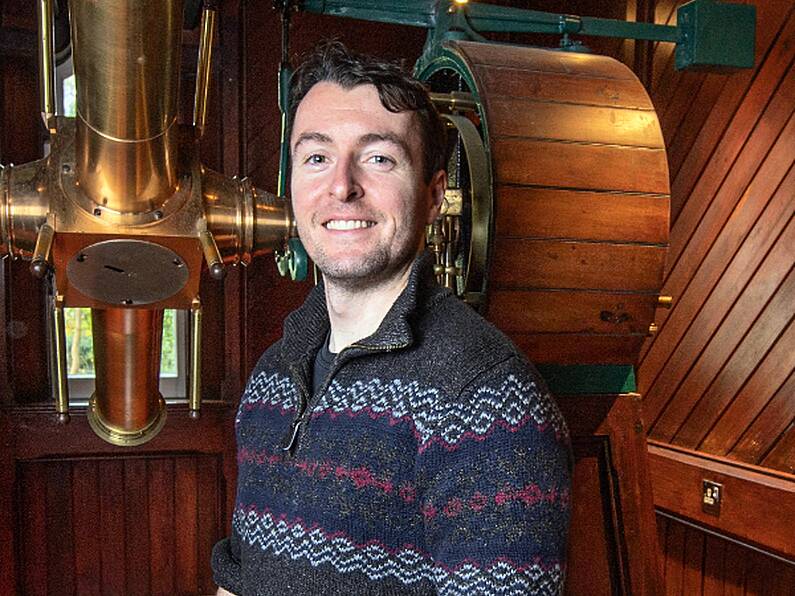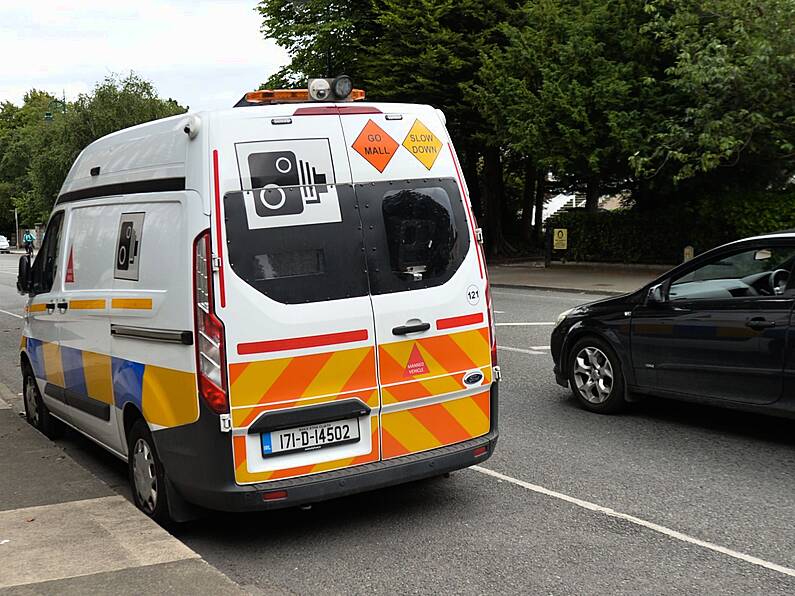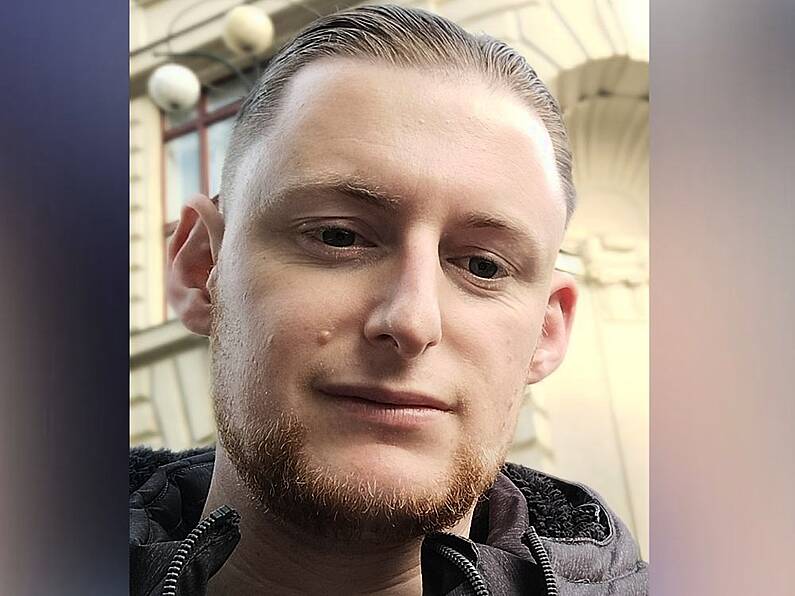A researcher from Waterford has played a pivotal role in a major scientific discovery.
Dr Mark Kennedy from Tramore in County Waterford and his team have discovered the creation of elements in space, announced by an international team of scientists today.
The team have used multiple space and ground-based telescopes, including NASA’s James Webb Space Telescope (JWST), NASA’s Fermi Gamma-ray Space Telescope, and NASA’s Neil Gehrels Swift Observatory, to observe an exceptionally bright gamma-ray burst, GRB 230307A, and identify the neutron star merger that generated an explosion that created the burst.
Scientists have long theorised that the explosions caused by two neutron stars merging with each other – otherwise known as a kilonova – should create the pressure cooker conditions in which many elements heavier than tellurium are created. However, observing such events and proving they create these “heavy” elements has proven elusive – until now.
By using the James Webb Space Telescope’s spectacular sensitivity, astronomers have captured the first mid-infrared spectrum from space of a gamma-ray burst, which they think was most likely caused by such a kilonova. This marked Webb’s first direct look at the creation of heavy element from such an event.
Their findings are published today in a paper in the prestigious Scientific journal Nature.
Other elements near tellurium on the periodic table – like iodine, which is needed for much of life on Earth – are also likely to be present among the kilonova’s ejected material.
“Just over 150 years since Dmitri Mendeleev wrote down the periodic table of elements, we are now finally in the position to start filling in those last blanks of understanding where everything was made, thanks to Webb,” said Andrew Levan of Radboud University in the Netherlands and the University of Warwick in the UK, lead author of the study.
Dr Mark Kennedy, an astronomer from Tramore, Waterford and based at University College Cork’s School of Physics, is co-author of the paper. He took data with the European Southern Observatory’s New Technology Telescope in Chile which led to the discovery of the optical counterpart to the kilonova.
This discovery is what led to the proposal for JWST observations.
Dr Kennedy explained:
“Not every gamma-ray burst produces an explosion that we can study with JWST, and the light from those that do can fade very rapidly. This means every second - between when NASA’s Fermi Gamma-ray Space Telescope detects a gamma-ray burst and when we point our telescopes on Earth at where we think the bust occurs - counts.
“This explosion occurred in the very southern part of the night sky, making it impossible to observe with most of our ground-based facilities. Fortunately, I was observing with a telescope in Chile - remotely from my dining room in Cork - several hours after the explosion reached us here on Earth, and found a new object had appeared in the night sky right where the burst had come from.
“This excitement rippled out through the astronomical community as we realised we might be witnessing a kilonova. In the following weeks, our group submitted proposals to use JWST to study such an event for the first time, with the results speaking for themselves.”
Keep up to date with all the latest news on our website Beat102103.com.






